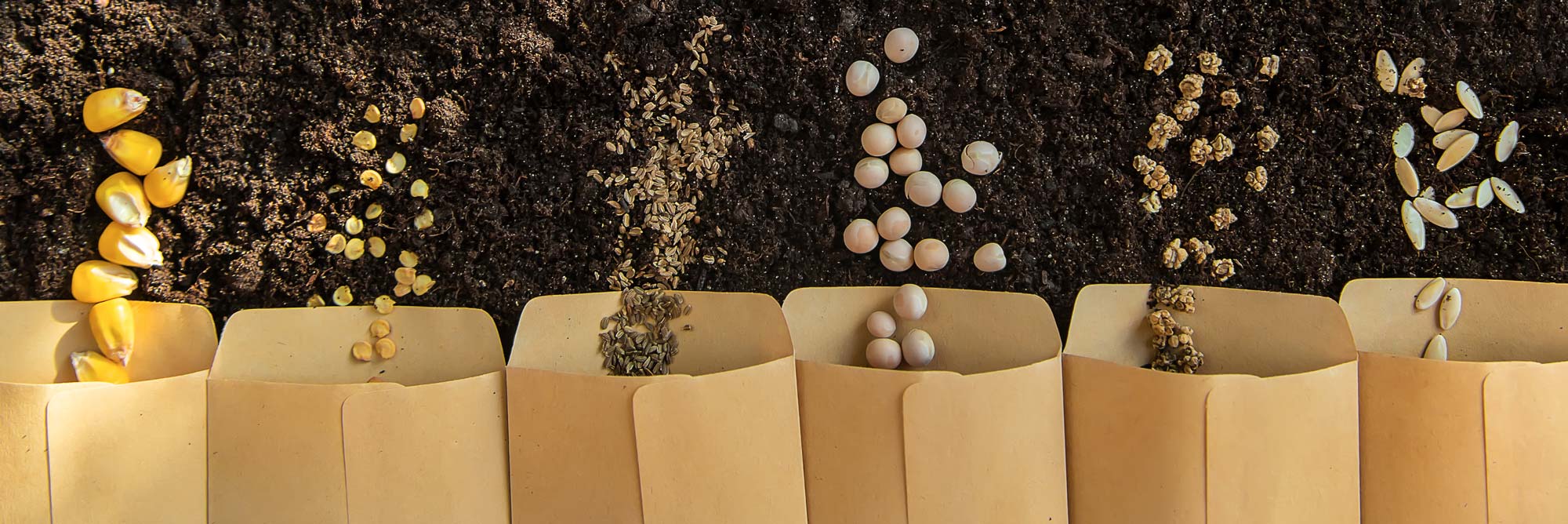Gardening in Ohio
As the days start warming up, thoughts of gardening begin running through my mind. I'm constantly thinking about previous years of gardening and what I could do better, or what might grow better in my area. I live in a residential area, so my space is limited. Due to my love of gardening, I have over bought plants more than I'd like to admit. For that reason, I like to draw out a plan for my garden each year. Join me as we go over some basic gardening tips and techniques.
Early Planting and Hardiness Zones
The list for USDA hardiness zones in Ohio include 5b, 6a, and 6b. At their core, hardiness zones only represent how cold a particular area gets in the winter. This information, combined with the average frost dates for your area are the key to planting the right herbs and vegetables at the right time.
In Zone 6, you would be wise to plant vegetables that prefer colder weather such as, lettuce, green peas, and broccoli earlier in the season. This will allow you to harvest them earlier and replace them with plants more adapt to the Ohio heat. Some of the more popular plants for the mid-to-late spring planting are zucchini, bell peppers, and tomatoes.
In Zone 5, spring is more frigid resulting in a shorter growing season. Some vegetables that can be planted in late April or May include collard greens, onions, carrots, brussel sprouts, and parsnips. However, for the more common garden vegetables, planting will have to wait until things warm up in June.
Types of Garden Beds
There are a few options for your garden, inground beds, raised beds, and container growing. Inground vegetable gardens are nice for people who do a lot of preserving. More land allows for a variety of produce to grow at once. Raised beds have become increasingly popular and are used for many different reasons. These beds are normally constructed with treated lumber; however, the use of galvanized steel is also an option. I find raised beds to be highly versatile and if done right, aesthetically pleasing. People who live in areas where their land is limited or with no land would be more apt to grow their plants in containers. There are many varieties of plants available specifically for container growing.
I use both an inground garden and raised beds. I find raised beds to be nice for my strawberries and lettuce. I have also planted potatoes in my raised beds. But really, it's all about being able to fit everything I want in the space I have.

Seeds vs Plants
This is a big one for me. There are years where I bought almost all plants, and others where I started most of my plants inside from seeds. I have found that the best option for me is a mixture of both. This method is more cost effective. I also take an extreme amount of pride in knowing that I grew some of our food from just a seed.
Veggies such as zucchini, tomatoes, and peppers are good to start from seeds inside. While I wait to plant beans, lettuce, carrots, and beets from seeds directly in the garden. Depending on what I start from seed that year determines which plants I will need to buy. However, there is no wrong or right way to do this. If you follow your planting zone recommendations, you should have a successful garden.
Tips and Techniques
Over the years I have picked up on some useful tips and techniques to help me on my gardening adventures. Occasionally, people will get overly excited about the warm weather and plant too early, myself included. This has led me to lose several plants early in the season, which resulted in having to purchase new plants. This is a costly mistake. The recommended time to plant is after Mother's Day. By then, the chance of frost is low.
Another important tip is to keep your garden watered. I know this seems like a given, but during those hot summer days your plants are likely to be affected by just one missed watering. It's best to water your plants first thing in the morning before sunrise. If you water them during the day, your plants can burn and wilt while watering them at night can lead to mold.
In addition to using fertilizer when I garden, I like to implement the use of Epsom salt. It gives plants like tomatoes and peppers the boost of magnesium and sulfur they need for better growth.
My last tip is to plant marigolds throughout your garden. They are a great companion for plants such as bush beans, tomatoes, squash, potatoes, broccoli, and kale. Marigolds attract bees and pollinators. They also repel pests such as cabbage moths and Mexican bean beetles. Marigolds are a low maintenance flower and will add a burst of color to your garden.
If you are a gardener or are new to gardening, I hope you gained a valuable insight or two to help you in your gardening success this year.
For further information, please visit the links below:
https://www.gardenguides.com/12003419-planting-zones-in-ohio.html
https://www.gardenbrief.com/gardening_beds.html